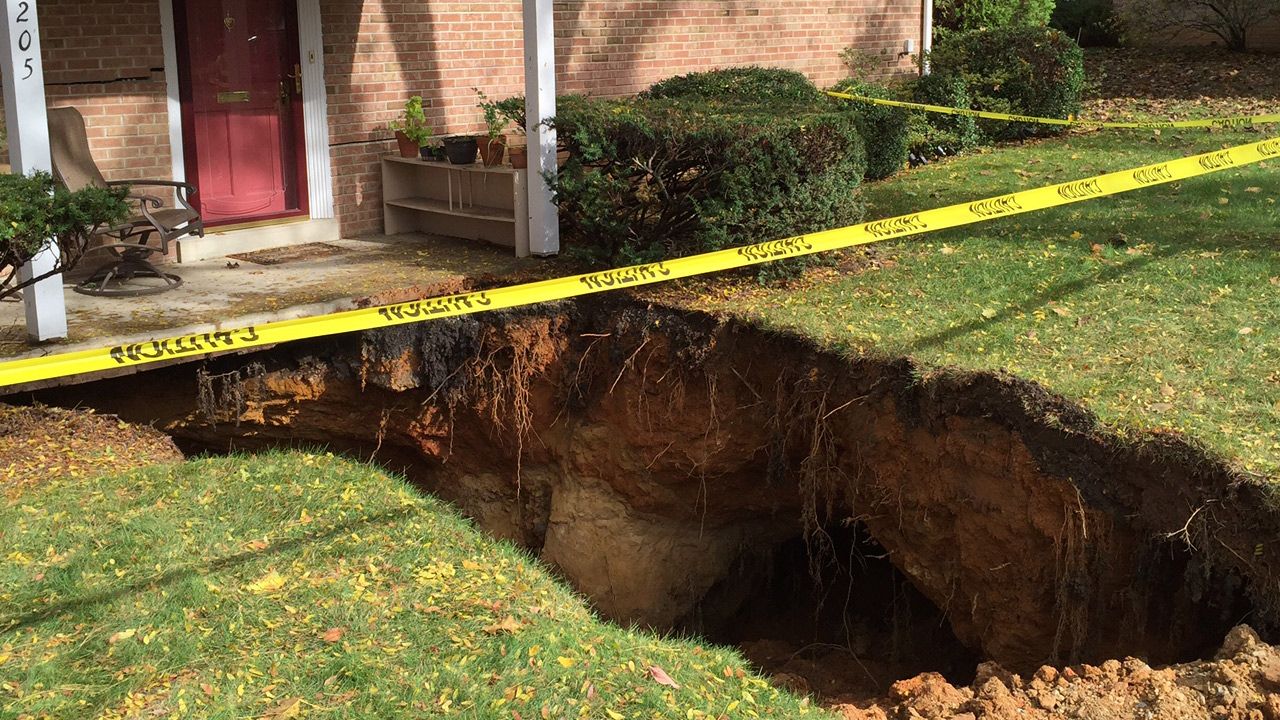Sinkhole damage insurance claims can be complex and daunting for homeowners. Understanding the process is crucial for efficiently resolving these claims and obtaining fair compensation. In this comprehensive guide, we’ll outline the steps involved in the sinkhole claims process, empowering you with the knowledge needed to navigate it effectively.
Recognizing Sinkhole Damage
The first step in the claims process is recognizing and documenting the signs of sinkhole damage on your property. These signs may include cracks in the walls or foundation, uneven floors, sinking or shifting of the ground, and structural damage to your home. It’s essential to document these issues thoroughly with photographs and videos to support your claim.
Contacting Your Insurance Provider
Once you’ve identified sinkhole damage on your property, the next step is to contact your insurance provider as soon as possible. Notify them of the damage and initiate the claims process. Provide them with all the documentation and evidence you’ve gathered, including photographs, videos, and any relevant reports from engineers or inspectors.
Assessment and Investigation
After you’ve filed a claim, your insurance provider will typically send out an adjuster to assess the damage and investigate the cause. They may also hire geologists or engineers to conduct a more thorough investigation into the presence of a sinkhole on your property. Be prepared to cooperate fully with these professionals and provide them with access to your property for inspection purposes.
Reviewing Your Insurance Policy
While the investigation is underway, take the time to review your insurance policy carefully. Understand what is covered under your policy regarding sinkhole damage, including any limits, exclusions, or deductibles. Knowing the extent of your coverage will help you manage your expectations regarding compensation.
Receiving a Settlement Offer
Once the investigation is complete, your insurance provider will determine whether your claim is valid and make a settlement offer based on their findings. This offer may cover the cost of repairing the damage to your property, including any necessary stabilization or remediation efforts. Review the settlement offer carefully and consider seeking legal advice if you believe it is insufficient.
Negotiating a Fair Settlement
If you’re not satisfied with the initial settlement offer, you have the right to negotiate with your insurance provider for a fairer outcome. Provide them with any additional evidence or documentation that supports your claim, such as estimates from contractors or engineers. Be persistent and advocate for yourself to ensure you receive the compensation you deserve.
Completing Repairs and Restoration
Once you’ve reached a settlement agreement with your insurance provider, you can begin the process of repairing and restoring your property. Hire reputable contractors and professionals to handle the necessary repairs, and keep detailed records of all expenses incurred during the restoration process. Your insurance provider may reimburse you for these expenses as part of your settlement.
Conclusion:
Navigating the sinkhole claims process requires patience, diligence, and a thorough understanding of your insurance policy. By following these steps and seeking guidance when needed, you can efficiently resolve your claim and restore your property with minimal stress and hassle.
Frequently Asked Questions (FAQs)
Q: What should I do if I suspect sinkhole damage on my property?
A: If you suspect sinkhole damage, document the signs thoroughly with photographs and videos, and contact your insurance provider to initiate the claims process.
Q: Will my insurance policy cover sinkhole damage?
A: Sinkhole coverage varies depending on your insurance policy and location. Review your policy carefully to understand what is covered and any limitations or exclusions that may apply.
Q: How long does the sinkhole claims process take?
A: The sinkhole claims process can vary in duration depending on the complexity of the damage and the investigation required. It’s essential to be patient and cooperate fully with your insurance provider throughout the process.
Q: Can I dispute a settlement offer from my insurance provider?
A: Yes, you have the right to dispute a settlement offer if you believe it is insufficient. Provide additional evidence or documentation to support your claim and negotiate for a fairer outcome.
Q: Do I need legal representation for my sinkhole insurance claim?
A: While legal representation is not required, it can be beneficial, especially if you encounter difficulties with your insurance provider or need assistance negotiating a fair settlement.


